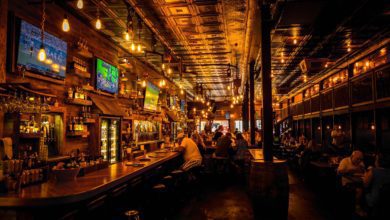On Premise alcohol consumption falls 23% as soft drinks gain popularity
However, this reduction in alcohol intake has not negatively impacted younger consumers’ engagement with the On Premise sector

The On Premise is witnessing a marked decrease in alcohol consumption, with a 23% decline in the UK, resulting in a growing appetite for soft drink options, according to CGA by NIQ’s leading OPUS data.











